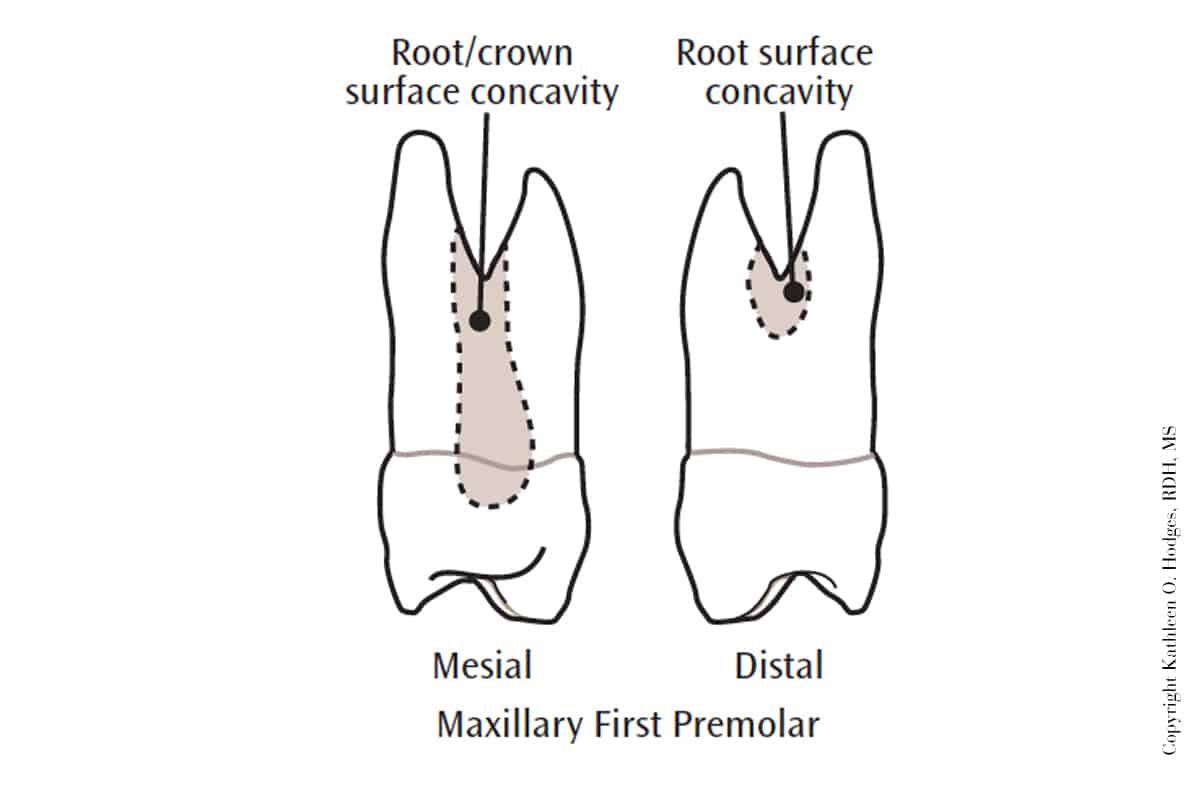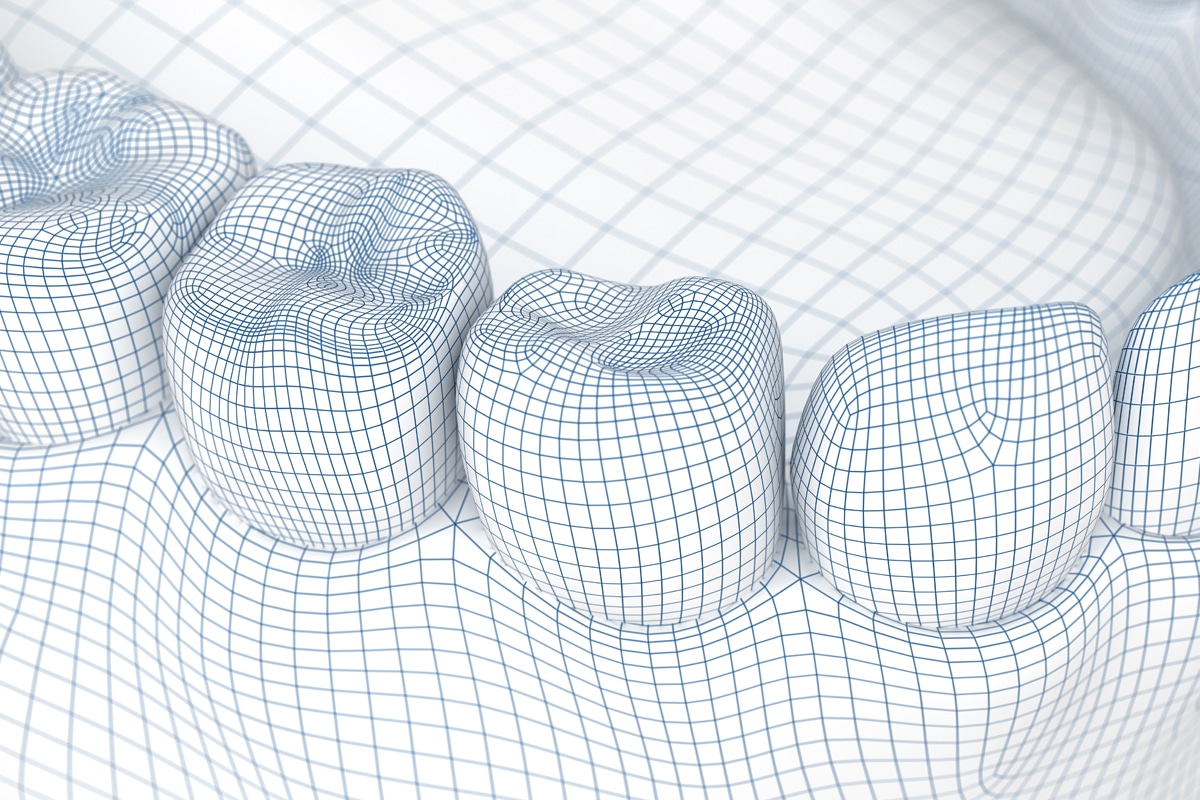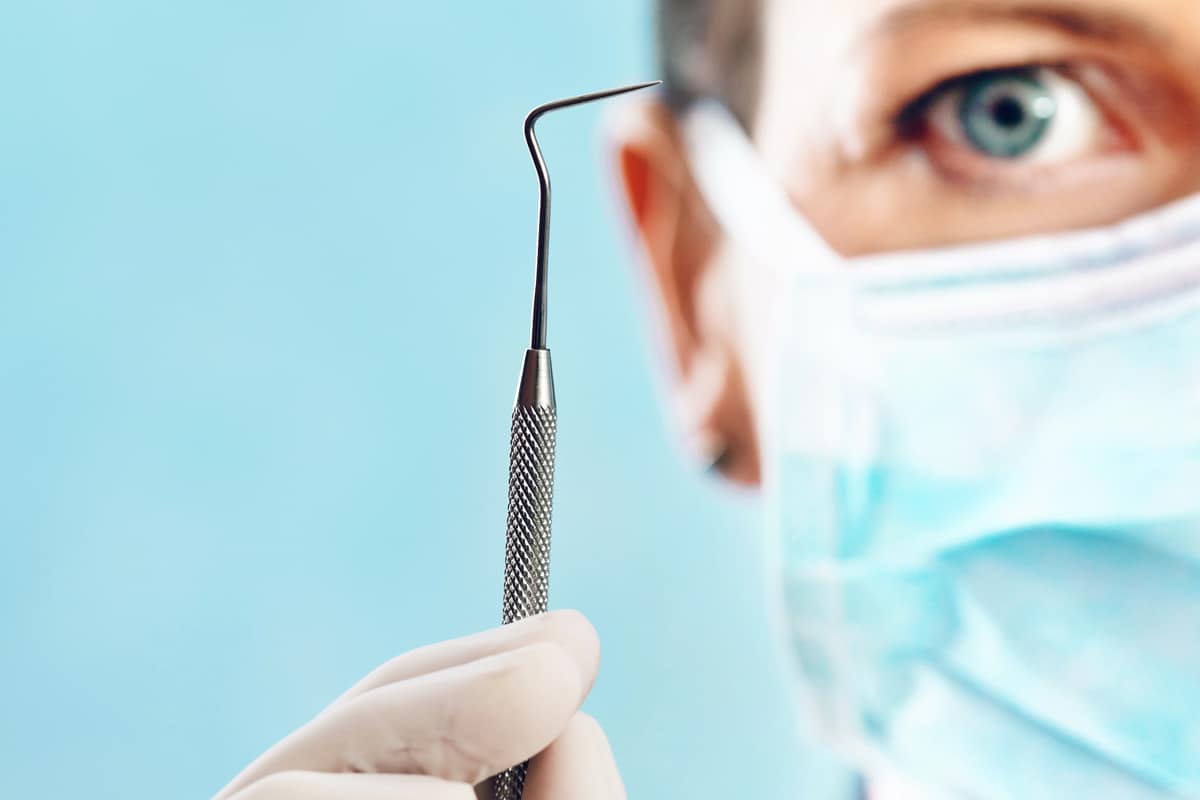Instrumenting Premolars
The complex root anatomy of premolars poses a distinct challenge during hand instrumentation. Regardless of difficulty, mechanical debridement is an essential component of oral health care for patients with a healthy periodontium, gingival inflammation, or impaired junctional epithelium and loss of alveolar bone. How well versed are you in the successful debridement of premolar teeth?







